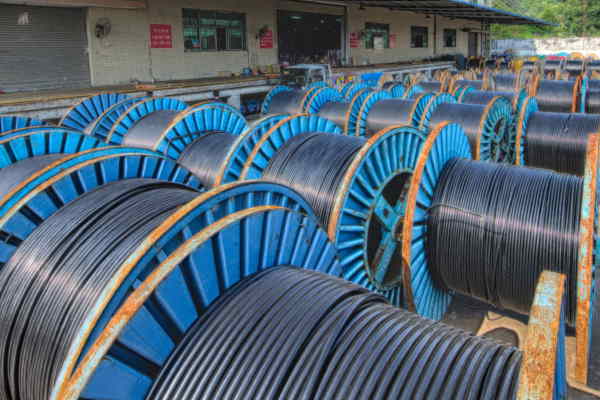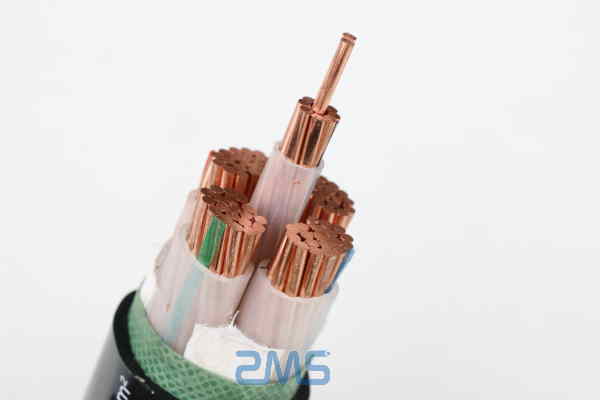Low-voltage cables have played a crucial role in power transmission and communication systems for many years. With the advent of new technologies, the role of low-voltage cables is becoming more critical than ever.
In this essay, we will explore the future trends in low-voltage cables, specifically in power transmission and communications. We will look at emerging technologies, materials, and techniques that are likely to shape the future of low-voltage cables.

Section 1: The Need for Advances in Low-Voltage Cables
The increasing demand for efficient power transmission and communication systems
The limitations of current low-voltage cable technology
The potential benefits of advances in low-voltage cables
Section 2: Emerging Technologies in Low-Voltage Cables
Superconducting low-voltage cables: their advantages and limitations
Fiber optic low-voltage cables: their applications and potential benefits
Nanotechnology in low-voltage cables: the potential for enhanced performance
Wireless low-voltage cables: their potential for improved flexibility and ease of installation
Section 3: Advances in Materials for Low-Voltage Cables
High-temperature superconducting materials: their potential for enhanced performance
Novel insulation materials: their potential for improved durability and flexibility
Biodegradable materials: the potential for sustainable low-voltage cables
Graphene and carbon nanotubes: the potential for enhanced conductivity and strength

Section 4: Techniques for Enhancing Low-Voltage Cable Performance
Active cooling systems: their potential for improved performance and reliability
Fault detection and diagnosis systems: their potential for improved safety and efficiency
Automation and robotics for cable installation and maintenance: their potential for reduced labor costs and improved accuracy
Section 5: Future Applications of Advanced Low-Voltage Cables
Smart grids and microgrids: the potential for improved energy efficiency and reliability
Autonomous vehicles and transportation systems: the potential for improved safety and performance
Advanced communication systems: the potential for enhanced data transmission and security
Renewable energy systems: the potential for improved integration and efficiency
Section 6: Challenges and Limitations of Advanced Low-Voltage Cables
The high cost of research and development
The challenge of integrating new technologies and materials with existing infrastructure
Regulatory and safety concerns
Conclusion:
The future of low-voltage cables is promising, with emerging technologies, materials, and techniques that offer the potential for enhanced performance and improved efficiency. However, there are also significant challenges and limitations that need to be addressed.
By continuing to invest in research and development and fostering collaboration between industry, academia, and government, we can realize the full potential of advanced low-voltage cables and pave the way for a more sustainable and efficient future.
